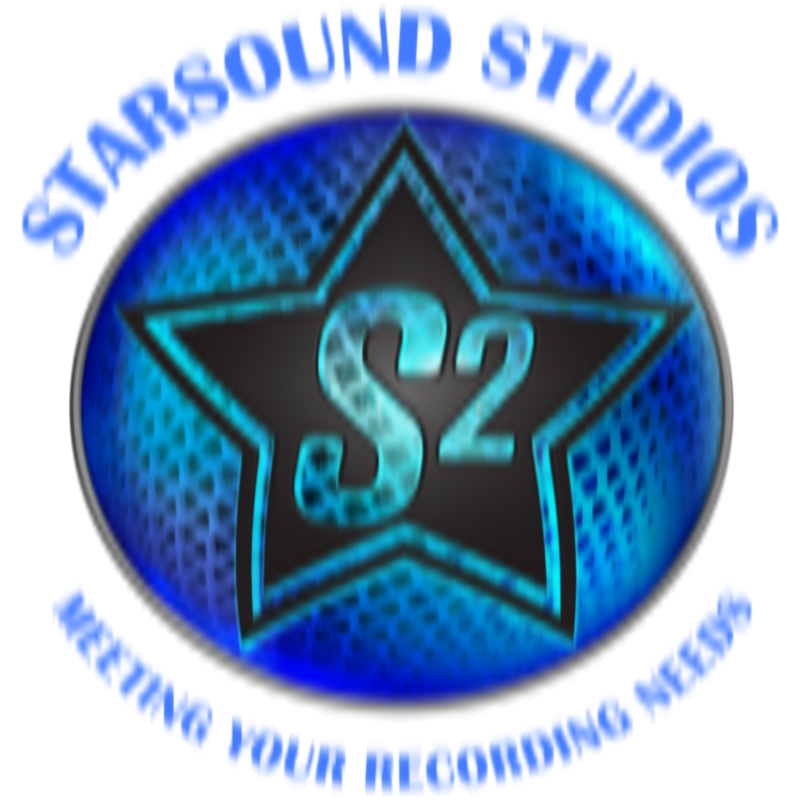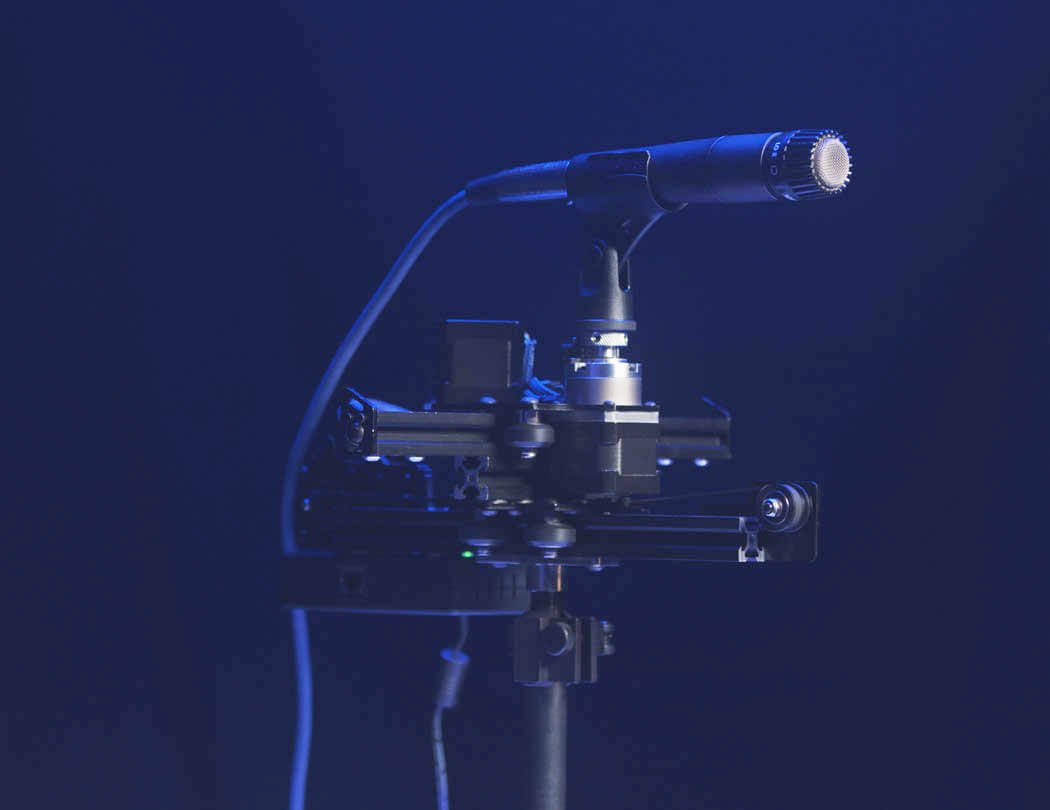How to Record Bass Guitar In Cleveland At Starsound
This blog will focus on how to record bass guitar. We will show you our step-by-step process of how to record bass guitar so that you can reproduce those steps at home. Or, you can let us handle the recording for you. Recording bass starts with dialing in the amplifier's tone in the air. This process is individual to each bass guitarist. The idea is to get the sound they enjoy while standing in front of the amp and listening.
Once that is achieved, the second step of how to record bass guitar is getting the headphone mix right. Achieving the right headphone mix is essential because a bass guitarist will monitor their playing through them. Therefore, doing that part is vital as the recording will suffer otherwise.
The next component of how to record bass guitar is making sure that your console monitor speakers are in your mastering stage. All of the plugins and analog gear have to be engaged. If you dial a sound in without this step, engaging it later will alter what you have decided was a good bass sound. This step is critical. Monitor with a limiter on and engaged on the channel. We send audio out to a summing box and outboard gear. That signal chain must be active, which could be detrimental to your recording otherwise.
The next step is to get the sound of the bass amp out of your monitor speakers. Getting the bass sound out of the monitors is the most crucial step, and we use the Dynamount X1-R to achieve it. This step is the foundation of your album sound. Again, we use the Dynamount X1-R to accomplish this step. We sit in the mix triangle with the bass player standing right behind us. The Dynamount X1-R is a wifi motorized microphone platform. We place it in front of the bass cabinet, and it moves the microphone as the bass player is performing in real-time. Pushing the mic toward the speaker's center will give you higher tones. Achieve lower tones by moving the microphone to the edge of the speaker. However, it does not stop there.
Each channel that we record has an analog equalizer and compressor. We use those on the way in to help shape the sound further. Using the analog gear helps get the music we want out of the monitor speakers even more. It also helps with the next step we will discuss. We use these steps to record every instrument. Get the sound you want the final album to sound like from the beginning.
After taking these steps, with every instrument, record the band. A funny thing will happen. Those sounds that you thought were fantastic guitar, bass, keyboard, and drums sounds do not work together. That is where the Dynamount X1-R comes into play again. To record the bass guitar, we need to listen to how the bass guitar relates to the kick. Also, how it relates to the bottom of the guitar parts. If there is a problem with the sound, move the microphone accordingly. Too much interference with the low end of the kick? Move the mic towards the middle of the speaker, likewise with the guitar sound. Get the band to blend with itself. Nobody will have their exact instrument sound, but the sounds will work together for the entire group. That is the ultimate goal. Visit Starsound Studios for more information.

